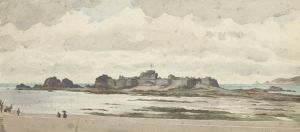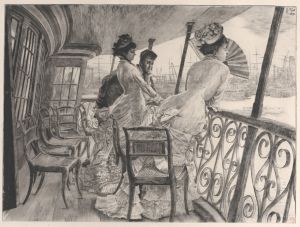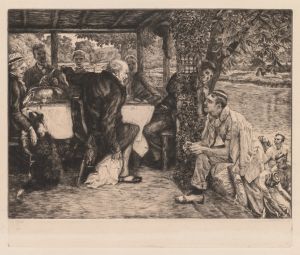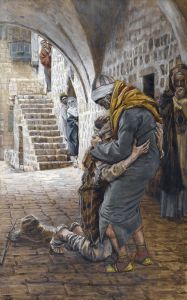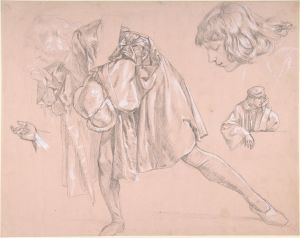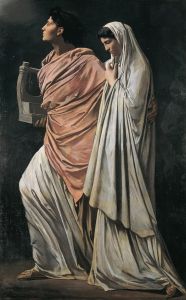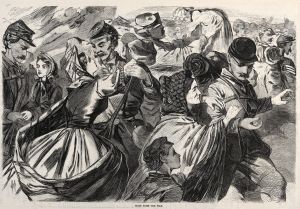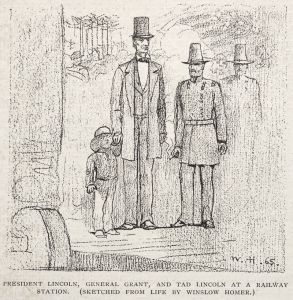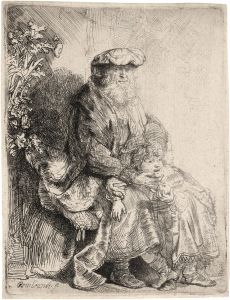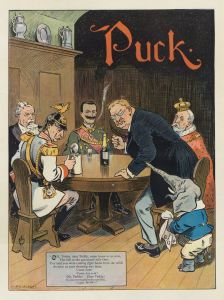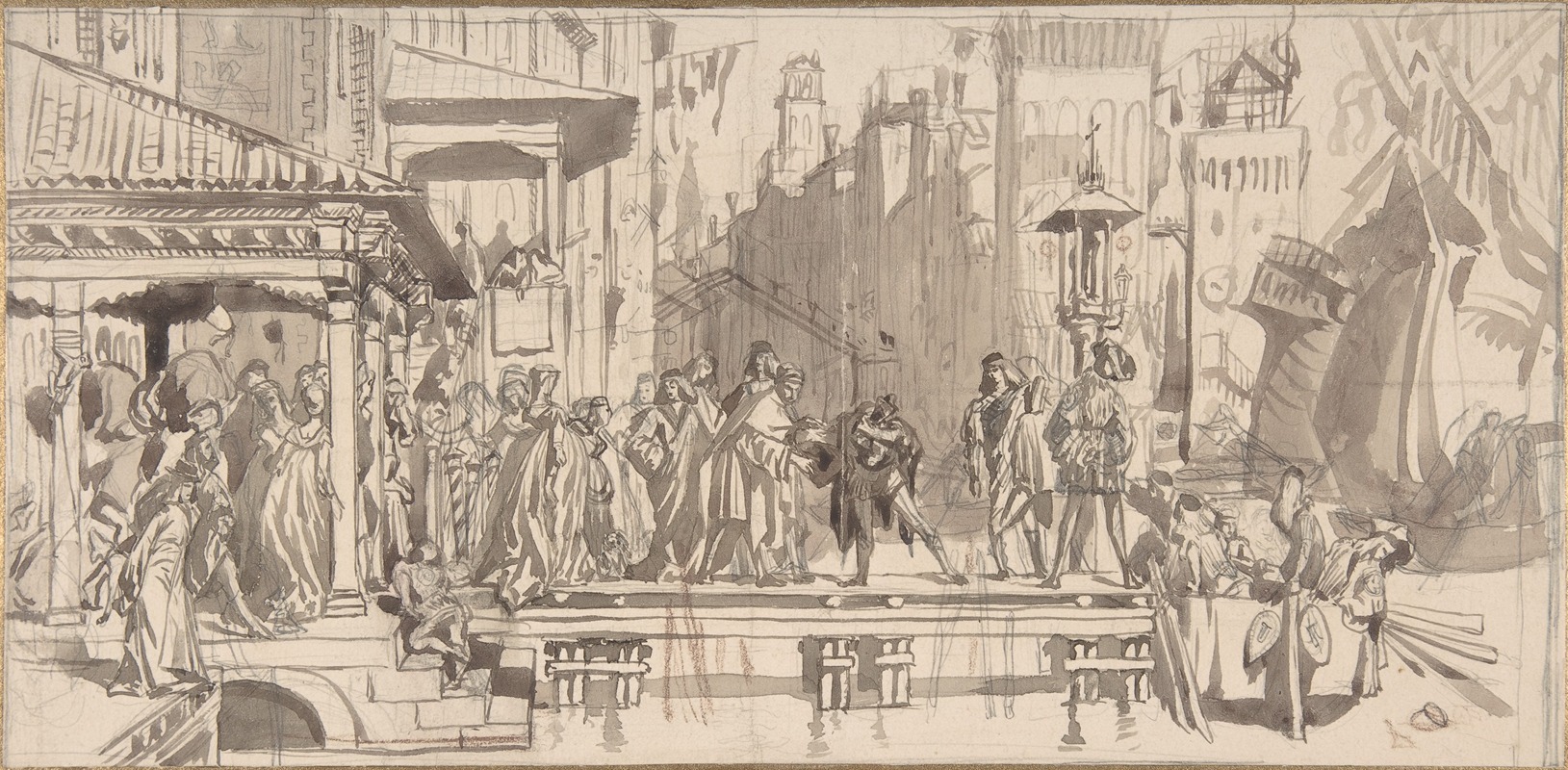
The Departure of the Prodigal Son
A hand-painted replica of James Tissot’s masterpiece The Departure of the Prodigal Son, meticulously crafted by professional artists to capture the true essence of the original. Each piece is created with museum-quality canvas and rare mineral pigments, carefully painted by experienced artists with delicate brushstrokes and rich, layered colors to perfectly recreate the texture of the original artwork. Unlike machine-printed reproductions, this hand-painted version brings the painting to life, infused with the artist’s emotions and skill in every stroke. Whether for personal collection or home decoration, it instantly elevates the artistic atmosphere of any space.
James Tissot's painting The Departure of the Prodigal Son is a work that reflects the artist's interest in biblical themes and narrative storytelling. Created in the late 19th century, this painting is part of Tissot's broader exploration of religious subjects, particularly those drawn from the Bible. The work illustrates a scene from the Parable of the Prodigal Son, a story recounted in the Gospel of Luke (Luke 15:11–32). This parable tells of a younger son who asks for his inheritance, leaves his family, and squanders his wealth in reckless living before returning home in repentance.
Tissot's depiction of The Departure of the Prodigal Son captures the moment when the young man leaves his family to embark on his journey. The painting is notable for its detailed composition and the emotional resonance of the scene. Tissot's characteristic attention to costume and setting is evident, as he often sought to bring historical and cultural authenticity to his works. The figures in the painting are dressed in garments that reflect Tissot's interpretation of biblical-era clothing, and the setting is rendered with meticulous detail, emphasizing the artist's commitment to realism.
This painting is part of Tissot's larger series of works on biblical themes, which he created after a significant shift in his career and personal life. Following the death of his companion Kathleen Newton in 1882, Tissot experienced a spiritual awakening and devoted much of his later career to religious art. He traveled to the Middle East to study the landscapes, architecture, and customs of the region, aiming to bring greater authenticity to his biblical illustrations.
The Departure of the Prodigal Son is one of many works by Tissot that reflect his deep engagement with the Bible and his desire to present its stories in a vivid and relatable manner. The painting is part of a series of illustrations that Tissot created for his ambitious project, The Life of Christ, which was published as a collection of watercolors and gained widespread acclaim. These works were later acquired by institutions such as the Brooklyn Museum, where they remain an important part of Tissot's artistic legacy.
The exact location of The Departure of the Prodigal Son within Tissot's body of work and its current whereabouts are not widely documented. However, it is consistent with his broader artistic approach during this period, characterized by a blend of narrative depth, historical research, and technical precision.







